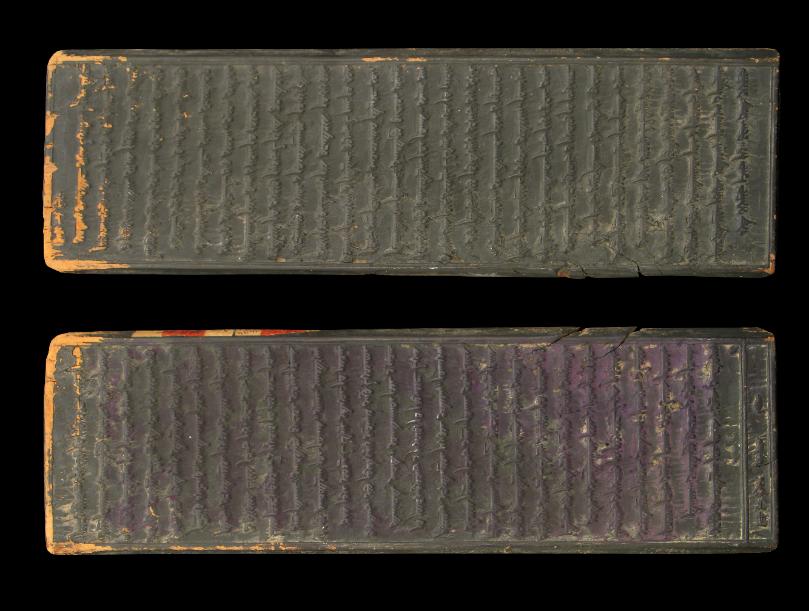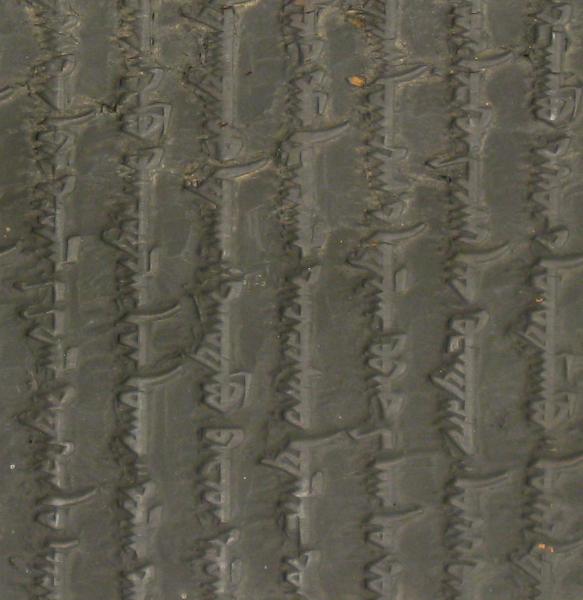
570. Antique Printing Block with Manchu
Wooden Printing Block with Manchu Script
Northern China
18th century
length: 46.5 cm; width: 15.3 cm
This wooden printing block for printing on paper has 27 finely carved columns of Manchu script on each side plus several Chinese characters in one margin on either side. (The Chinese characters most likely indicate the ‘page’ number of the block and the perhaps the carver’s name – typically such carving was commissioned from Chinese tradesmen.)
Manchu script is read from left to right in vertical columns running from top to bottom. The Manchu alphabet was commissioned in 1599 by Nurhaci, the founder of the Manchu state. The letters are based on Classical Mongolian but the phonetics are based on Jurchen, an earlier Manchu script. The Manchus conquered China in 1644 and established the Qing Dynasty after which Manchu became the language of government in China. By the mid-19th century Manchu had largely been replaced by Chinese. There are currently around 9 million ethnic Manchus living in north-eastern China today. Fewer than 100 can read and Manchu and almost no-one can speak it. Most speak Mandarin and so Manchu is almost extinct.
Provenance
According to correspondence signed by the New York dealer Edward Barrett and dated 1932, the block was obtained in 1925 by Barrett from the monasteries at Jehol, a now-defunct province in northern China. (The US Library of Congress holds 45 manuscripts and 114 titles from the Edward Barrett collection in its Manchu collection.)
Inventory no.: 570
SOLD


(Detail)

